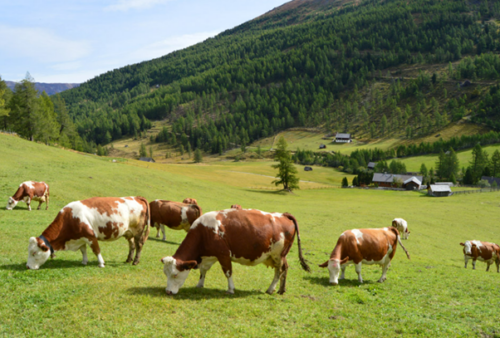8 December 2022
Dr Dietrich Tegtmeyer writes on LinkedIn that regenerative agricultural areas are extremely important for the preservation of biodiversity and climate protection, they are an essential wheel of the gearbox of the ecocycle. About 70% of the agriculturally used area is pastureland, i.e. nature does not provide the regenerative power to cultivate arable land, or the landscape is not suitable for arable farming due to slopes, etc. If grazing livestock is not kept on these lands, something important is missing in the overall system. The grazing, the manure, the tamping down of the soil, all of this promote grass growth and is therefore a CO2 sink.

Sorry, but from my point of view there is something wrong in the assumptions; actually the meat and dairy industry should get a credit in the LCA assessment!
I for my part am happy about every cow, sheep, donkey, horse that grazes on the pasture, about every fly, mosquito that is flushed up by the animals wagging their tails, about every earthworm, mole, field hare that feels comfortable on the pasture, every field flower that is approached by bees and other insects. Everything is part of a complex system, and a cutback in livestock farming, for example, would throw the system out of balance.
We bring leather, material and fashion businesses together: an opportunity to meet and greet face to face. We bring them from all parts of the world so that they can find fresh partners, discover new customers or suppliers and keep ahead of industry developments.
We organise a number of trade exhibitions which focus on fashion and lifestyle: sectors that are constantly in flux, so visitors and exhibitors alike need to be constantly aware both of the changes around them and those forecast for coming seasons.